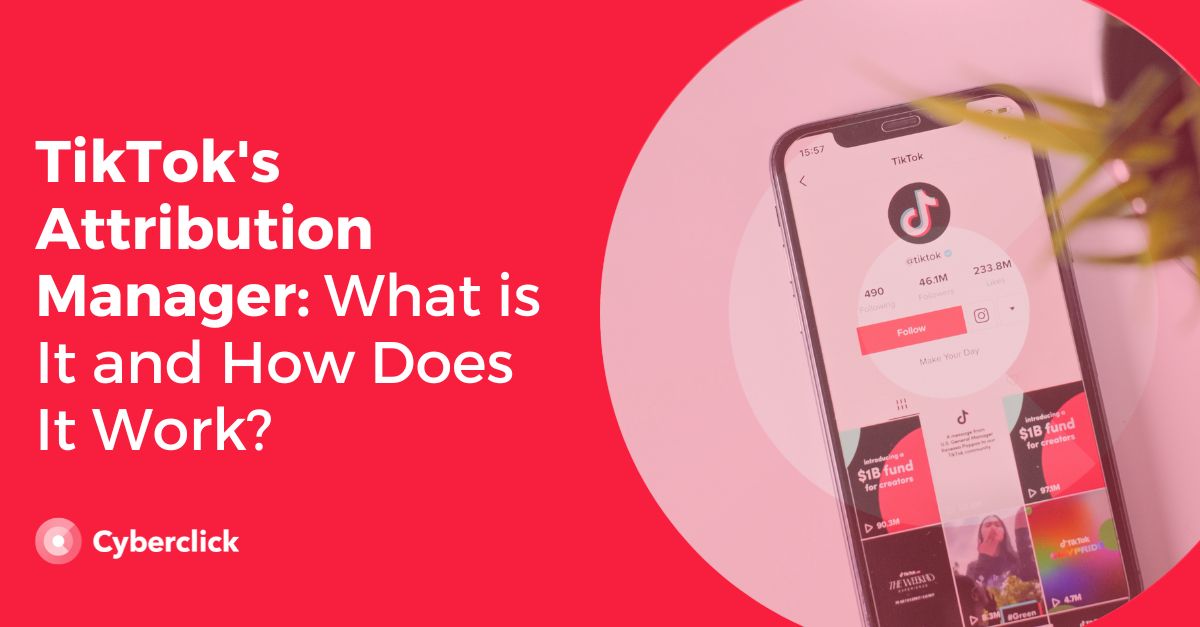More than two years have passed since TikTok rapidly gained popularity during the pandemic. Now, it has found a place in most companies' digital marketing strategies, but there are still questions about how to measure the success of TikTok campaigns.
Let's review some of the most important TikTok metrics and how to find success on the platform.
What Metrics Are Available on TikTok?
To view metrics on TikTok, go to your profile and select the three dots on the top right. Select "Manage my account" and then choose either "Author" or "Company". On this page, you will be able to view metrics within a period of 7 to 28 days. The information is divided into three main categories: overview, content, and followers.
General Metrics
Here you can see KPIs related to your account, including:
- Total video views
- Total number of followers
- Visits to your profile
Content Metrics
In this section you will find more detailed metrics about your posts on TikTok: your most visited videos, the videos trending on your For You page, and data about individual posts (total time viewed, total plays, average time viewed, and total audience).
If you click on the three dots to the right of each video, you will be able to see more detailed metrics including:
-
The number of "likes"
-
The number of comments
-
How many times it has been shared
-
The number of playbacks and views
-
The average number of views
-
Traffic sources
Followers
And finally, in this section, you will be able to see more data about your community, including:
- The total number of followers
- Audience demographics
- When your followers are most active
- The most viewed videos and the most listened to audios by your followers
What Metrics Does the TikTok Algorithm Take Into Account?
To know how to put all these KPIs into context and which ones you should focus on, you should understand how TikTok's algorithm works and how it decides which videos a user watches.
On TikTok, one of the most important aspects is how users behave within the app. This information allows the platform to better understand each user's unique preferences and how they evolve over time. Thus, it can rank videos based on how much they match these attributes and display the most relevant ones for each particular user.
The TikTok algorithm takes into account the following key data:
-
Likes and shares on videos
-
Accounts followed by the user
-
Comments posted
-
Content created
-
Videos that the user has watched completely
-
Videos marked as favorites
This way, TikTok has information about users' favorite videos and creators and is more likely to recommend similar content to them. It is also more likely to show videos from creators who users have previously interacted with.
To understand what a video is about, TikTok uses data from the video itself, such as the description, its hashtags, and sounds.
Finally, it also takes into account the user's device and account settings, such as country, language, and device type.
5 Essential KPIs for TikTok
We recommend you start by monitoring 5 key KPIs on TikTok. Monitor them over time and analyze how each KPI is evolving depending on the content you have posted and the content of your advertising campaigns.
1. Video Views
One feature of TikTok is that you don't need to have a lot of followers to get views. Unlike other social networks like Instagram, it is possible to have as few as 10 followers but have one of your videos seen by more than 200 people.
To start getting more video views, do an experiment by uploading several videos with different themes and formats and compare the results against each other to see which performs better. Since video views are public, you can also see what your competitors are doing.
2. Engagement
To analyze this metric, add up the likes, comments, and shares of your video, divide them by the total number of views and multiply the result by 100. The result is your total engagement rate, a KPI that tells you if you are successfully engaging your audience.
3. Profile Views
See how many people have viewed your profile and compare this number to your total video views. The goal here is to analyze if your content is interesting enough to attract users to your brand and keep them moving down the conversion funnel.
4. Average Playback Time
If you're a YouTube marketer, this metric is probably familiar to you. In TikTok, you can see the average time users have spent watching each of your videos. The idea is to compare this number against the total length of the video. This KPI lets you know if you are retaining your audience's attention. If the average playback time is close to the total time, it's a sign that you're doing things right. If not, it's time to analyze aspects such as the scripts or how you edit your videos.
5. Views Overtime
TikTok metrics calculate which of your videos have grown the fastest in terms of views in the last 7 days. With this information, you can discover the types of content most likely to go viral and make you successful on this platform.
Social Account Manager at Cyberclick. Le apasiona el marketing, las redes sociales, leer y escribir.
Social Account Manager at Cyberclick. Passionate about marketing, social media, reading and writing.






Leave your comment and join the conversation